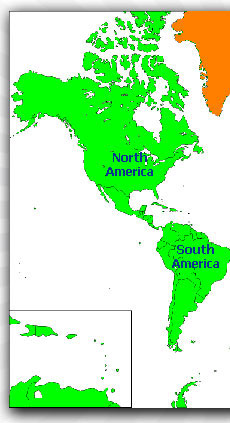|
Winging of the scapula due
to long thoracic nerve palsy is a common diagnosis and should
be treated as a significant functional problem. It
must be recognized that scapular winging is not simply an
aesthetic issue; the compensatory muscular activity required
to improve shoulder stability is associated with secondary
pain and spasm due to muscle imbalances and tendonitis around
the shoulder joint. Other described resultant anomalies include
adhesive capsulitis, subacromial impingement and brachial
plexus radiculitis .
|








